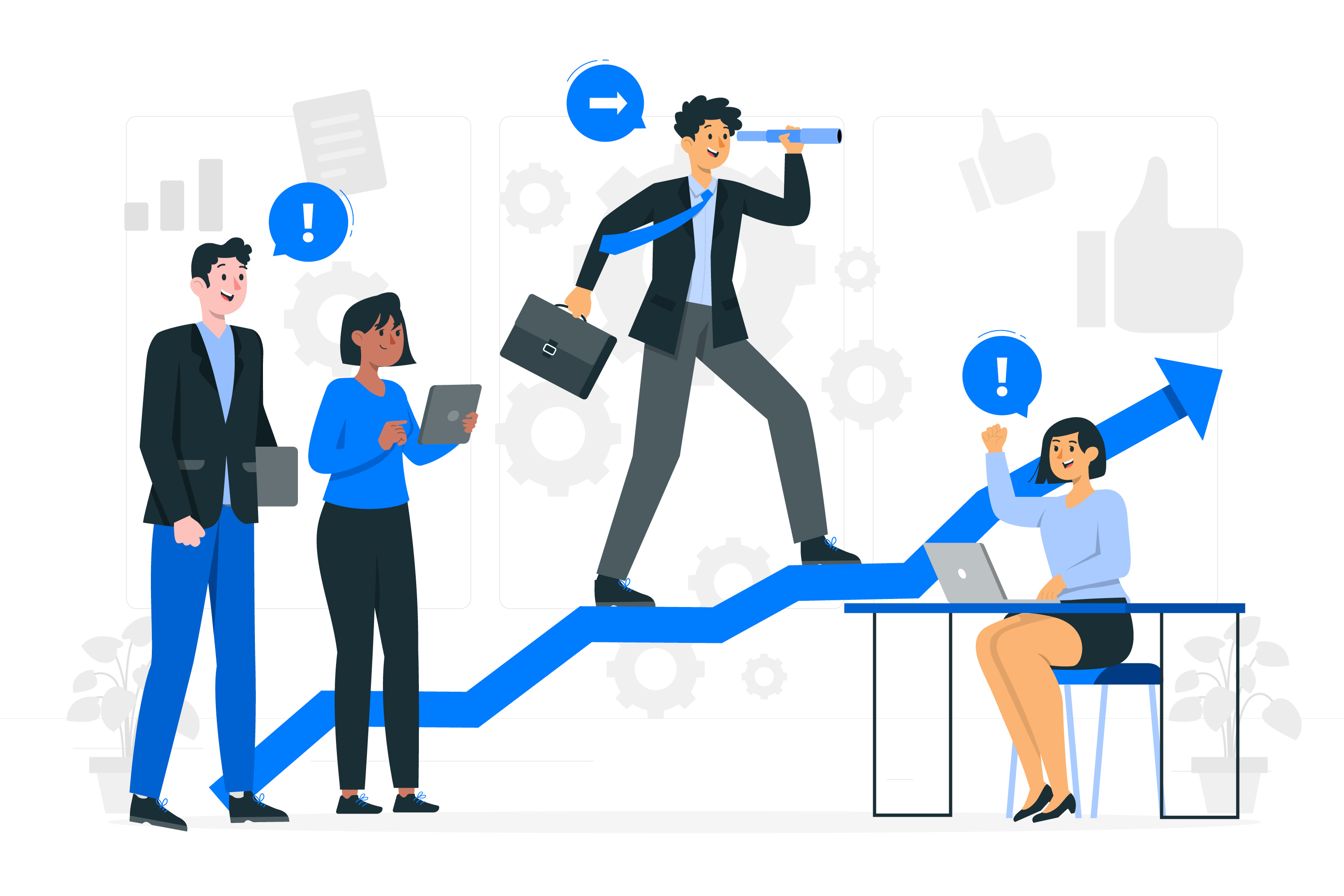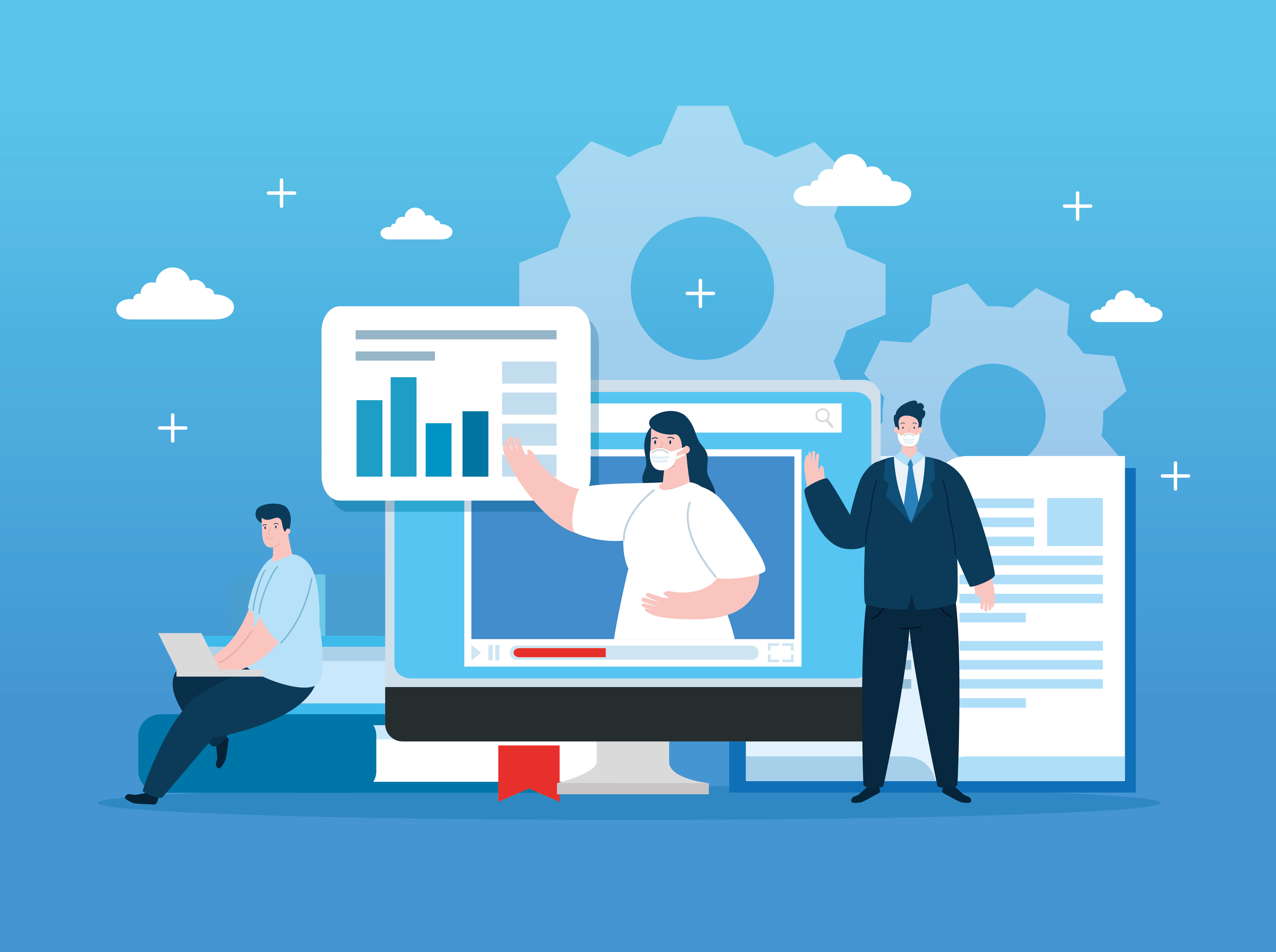In the era of digital transformation, the options for employee learning tools are vast. Learning Management Systems (LMS) and Learning Experience Platforms (LXP) are two prominent choices, each steering organizations in distinct ways. In this blog, we'll unravel the mysteries of these platforms and guide you on the path to choosing the ideal fit for your corporate training needs.
Understanding Learning Management Systems (LMS)
At its core, an LMS is a robust system designed for creating, managing, and distributing educational content. It serves as a centralized repository, facilitating access to specific educational materials, content uploads by administrators, lesson deliveries, and tracking employee learning metrics. Think of it as a digital library, ideal for organizations employing a top-down learning model.
Key LMS Features:
- Authorized access to specific educational content.
- Content upload and management by administrators.
- Lesson delivery and training resource distribution.
- Tracking employee learning metrics, including enrollment and completion rates.
LMS: The Centralized Learning Hub
Unveiling the Learning Experience Platform (LXP)
In contrast, a Learning Experience Platform (LXP) is a dynamic tool empowering personalized learning experiences driven by employees. LXPs break the traditional mold by allowing organizations to create unique learning pathways for each individual, fostering autonomy in the learning process. Learners can choose their content and skills development areas, marking a shift towards self-directed learning.
Key LXP Features:
- Aggregating learning content from various sources.
- Authoring tools for creating diverse educational content.
- Powerful search functionality for content exploration.
- Advanced data and analytics for personalized recommendations.
- Integration capabilities with existing L&D infrastructure.
- Tools for collaborative and social learning.
LXP: Tailoring Learning for Every Individual
LMS vs. LXP: Navigating the Differences
- Drivers:
- LMS: Management-led learning, with authorities choosing content for employees.
- LXP: Collective content creation and sharing, fostering a learner-driven environment.
- Content:
- LMS: Rigorous, longer-form training courses, primarily curated by L&D staff.
- LXP: Diverse content curated from various sources, including user-generated material.
- Collaboration:
- LMS: Limited collaboration, acting as a management system with one-way information flow.
- LXP: Enhanced collaboration, promoting active participation and social learning.
- Skills:
- LMS: Focus on in-depth, structured training programs monitored by management.
- LXP: Specific skills training with personalized material, addressing individual skill gaps.
- Analytics:
- LMS: Basic metrics tracking, standard reporting on course completion, progress, and compliance.
- LXP: Advanced analytics using AI technology, providing in-depth insights into engagement, personalized learning paths, social interactions, and skill gap analysis.
Choosing Between LMS and LXP
Both LMS and LXP offer unique advantages. LMS ensures a baseline of knowledge for all, while LXP differentiates learning experiences based on individual needs. Consulting learning technology specialists, such as 5mins.ai, can guide your decision-making process. Explore the complete learning solution of 5mins.ai, incorporating the best of both LMS and LXP features.
Transform Your Learning Ecosystem with 5mins.ai - Explore Today!
- Get in touch
-
EN




